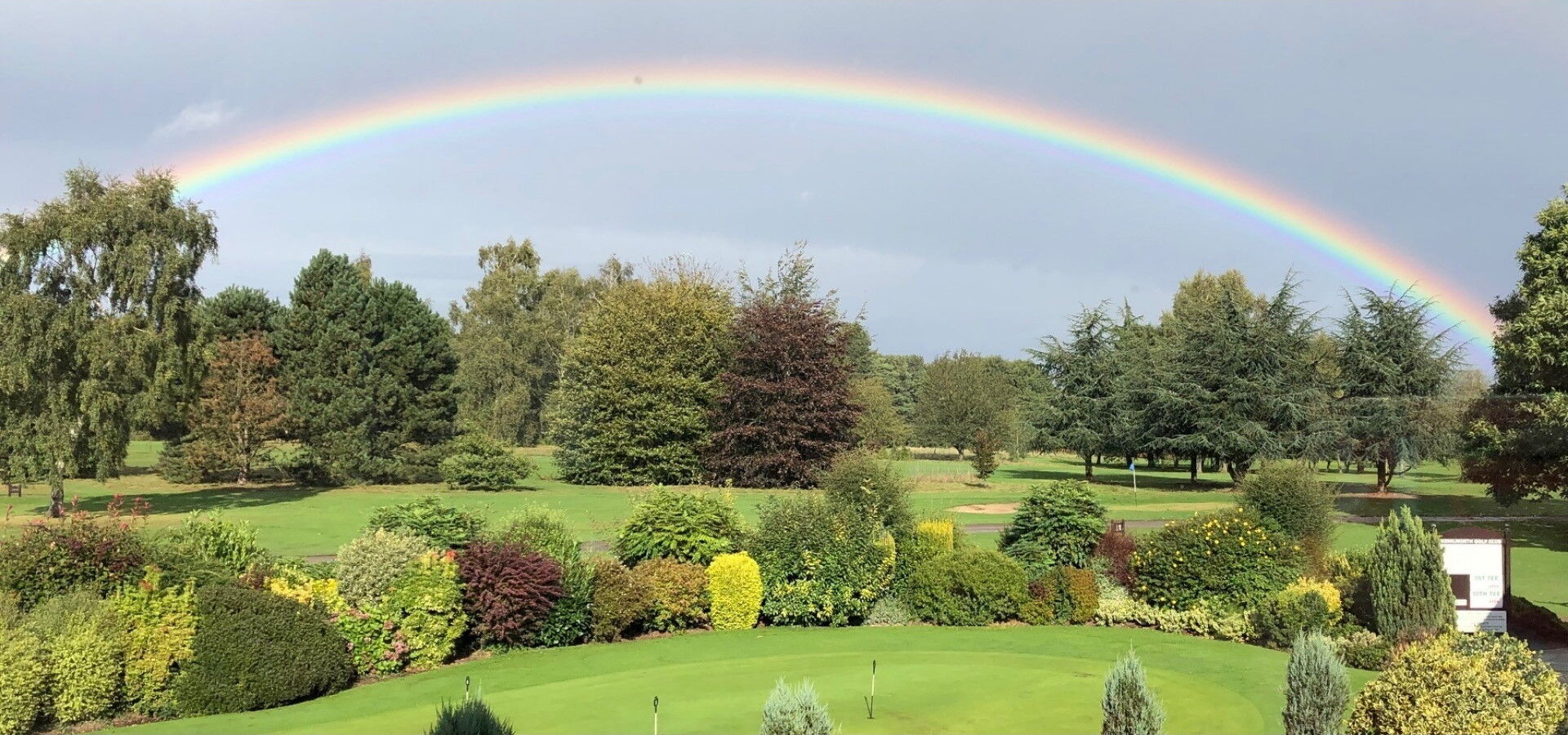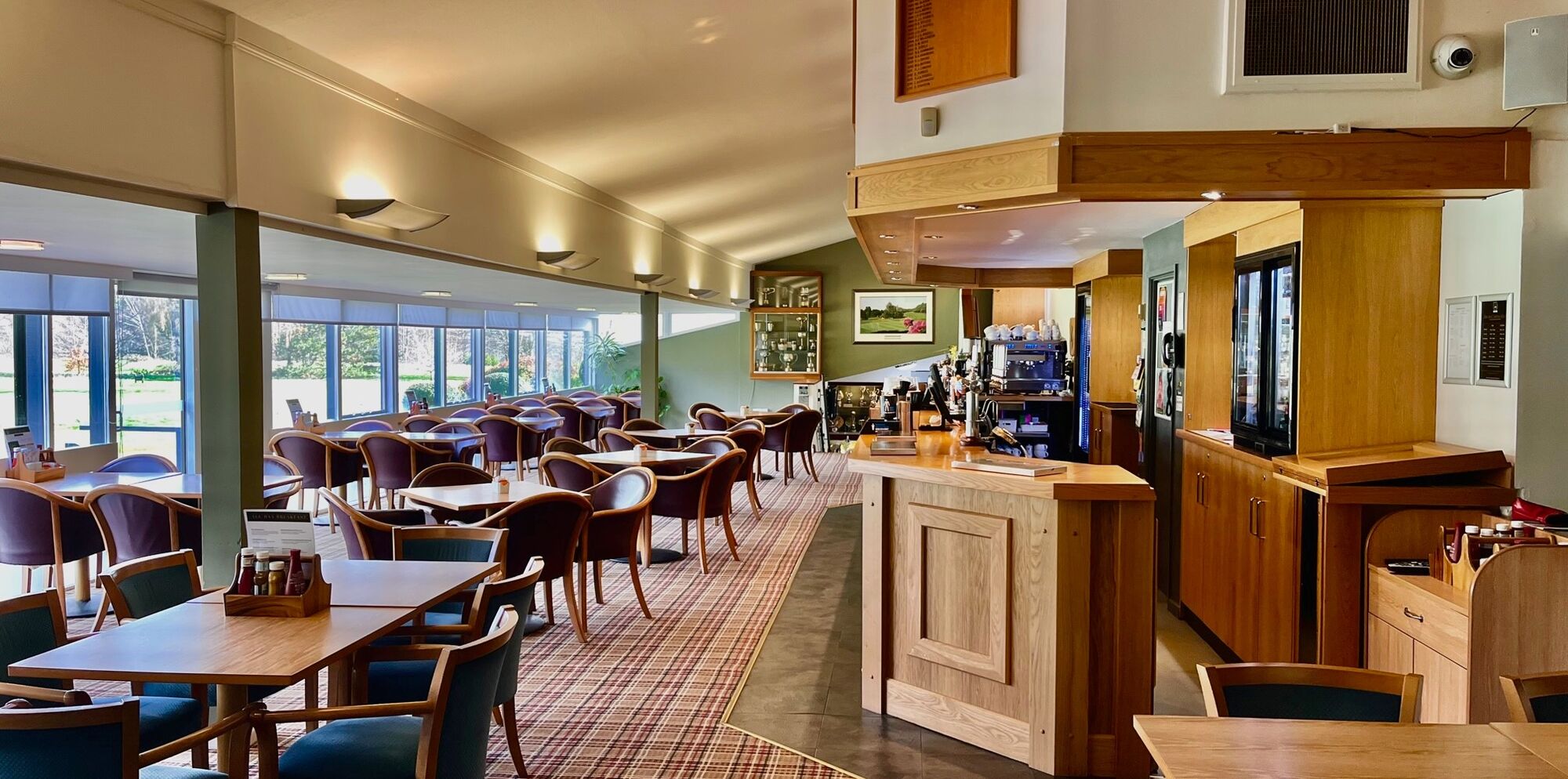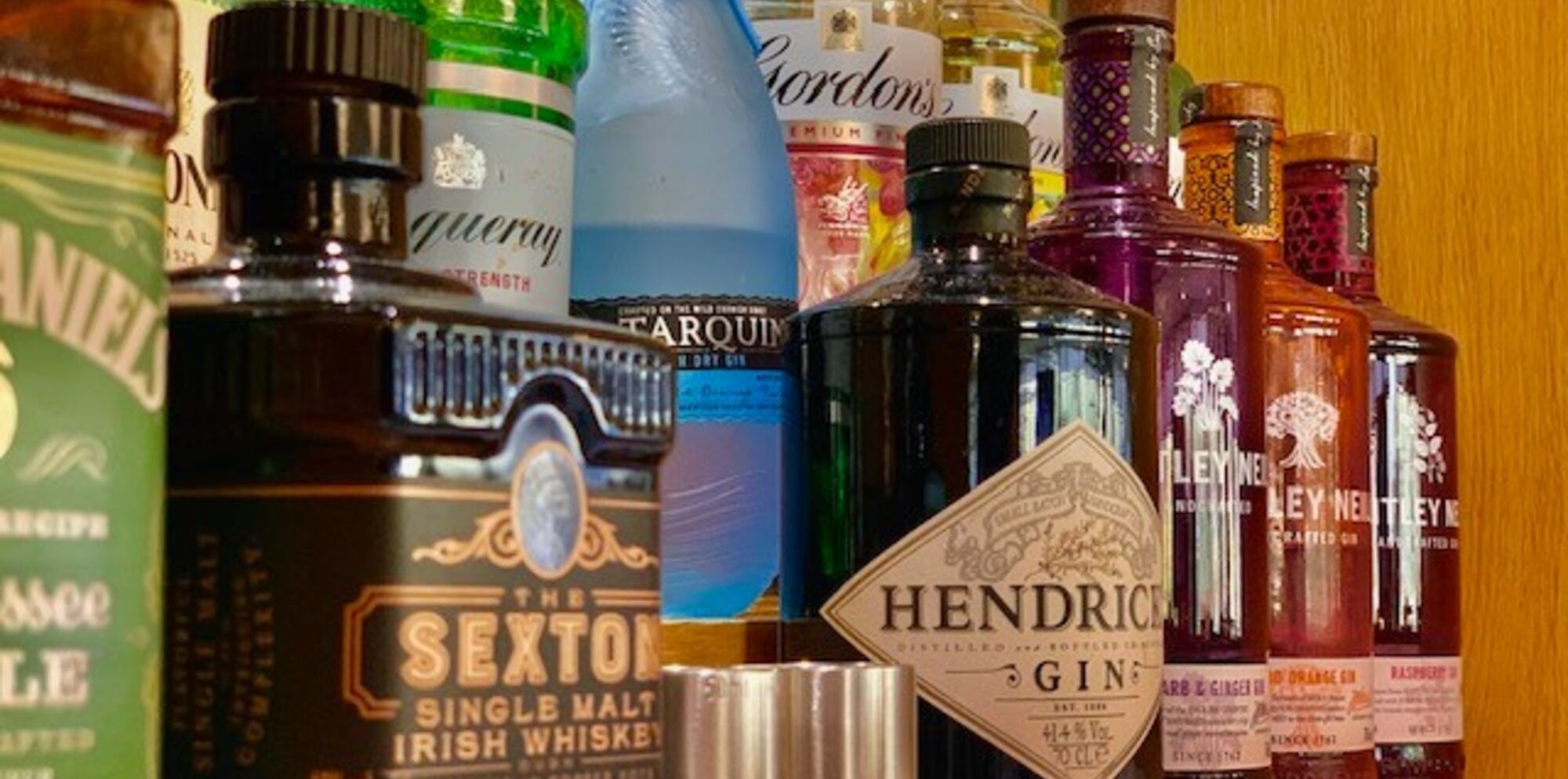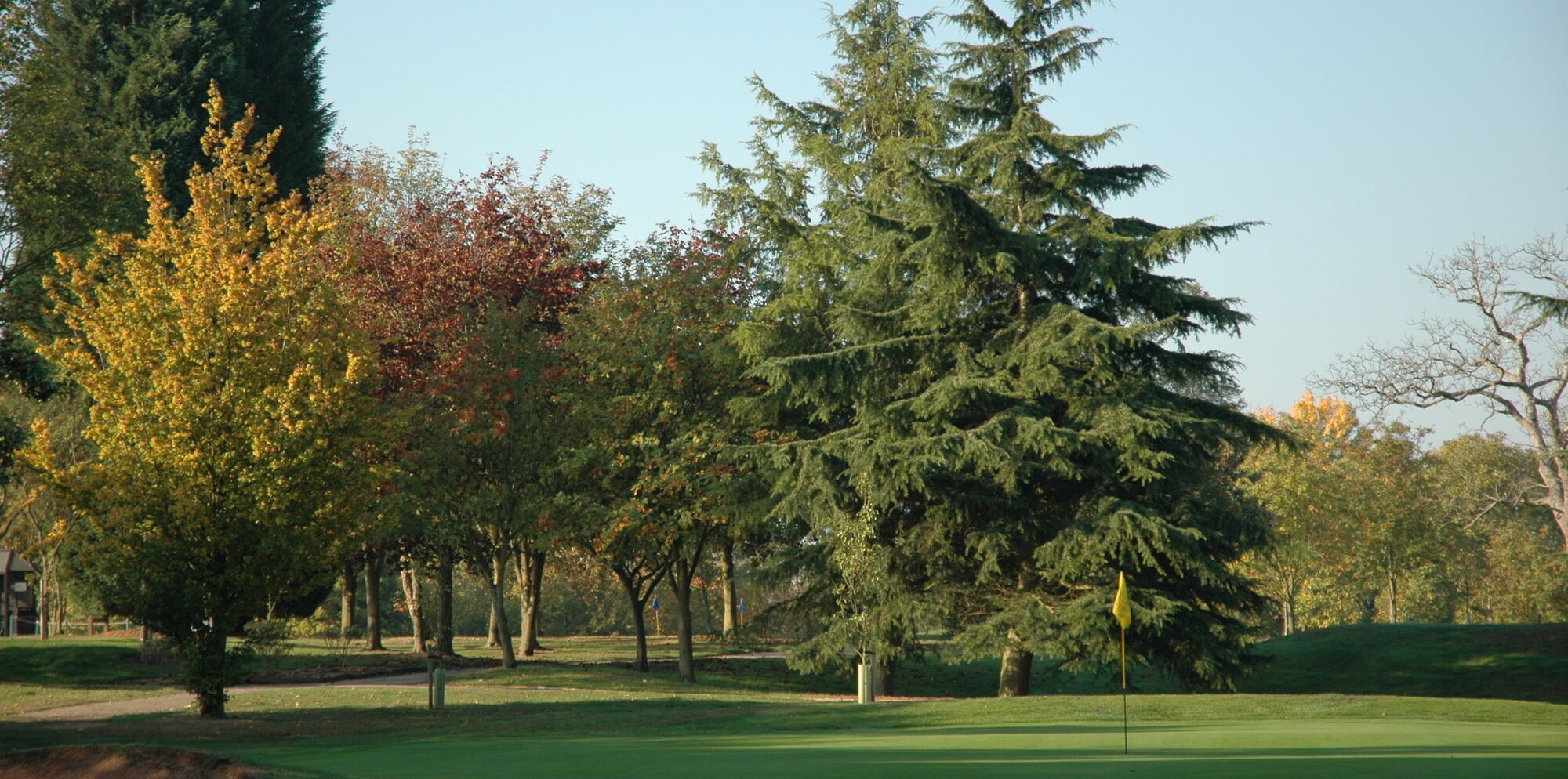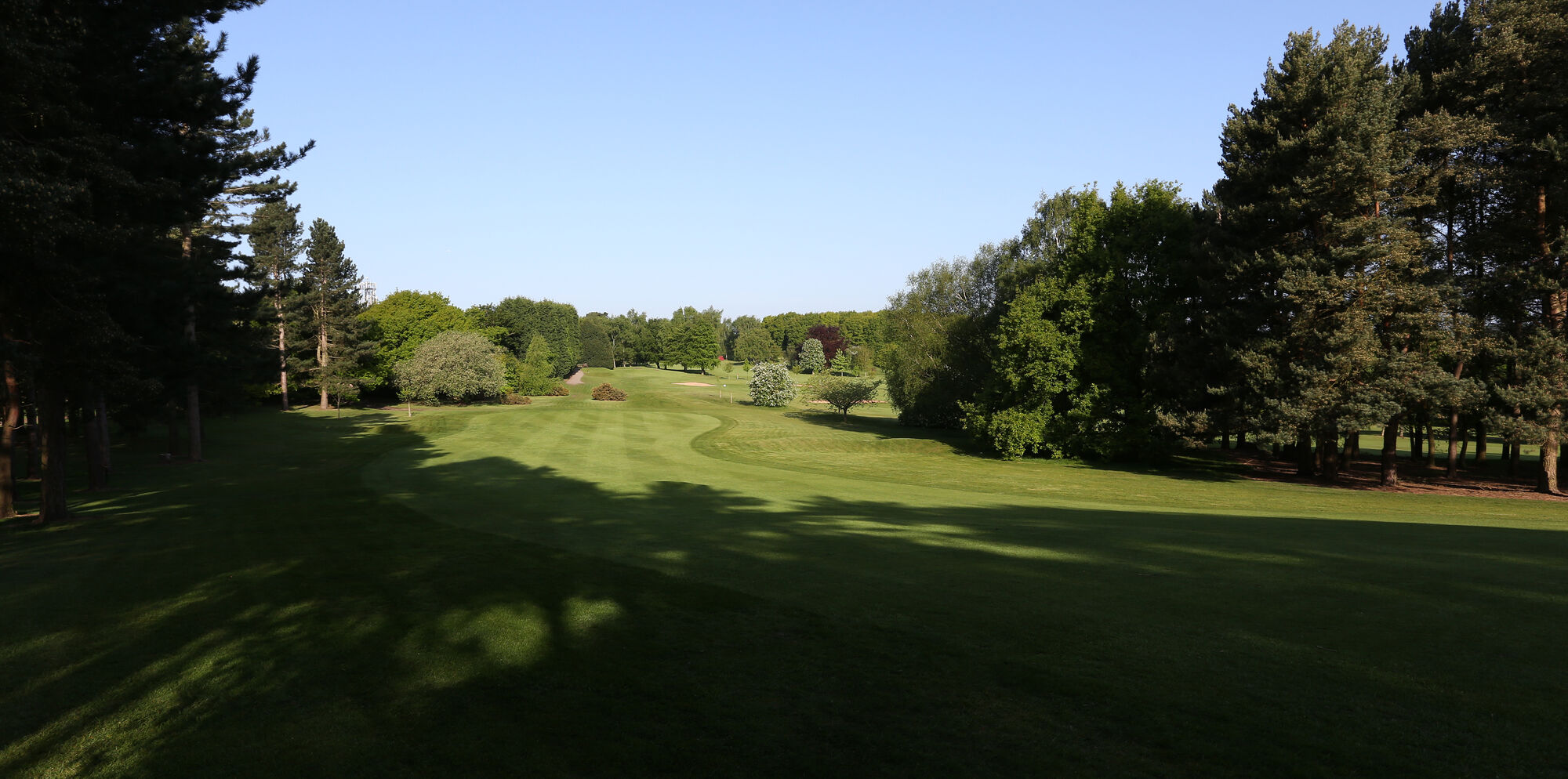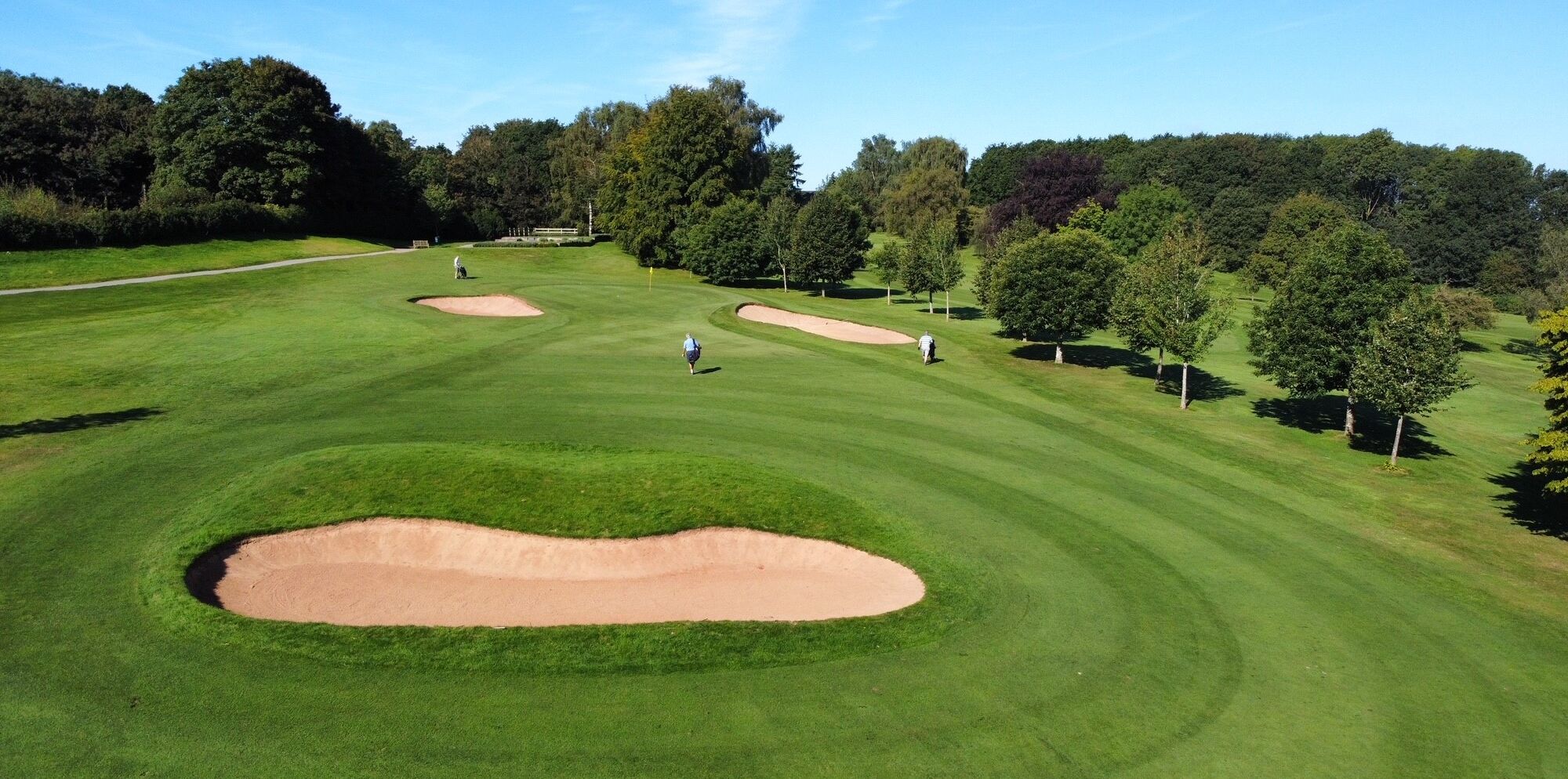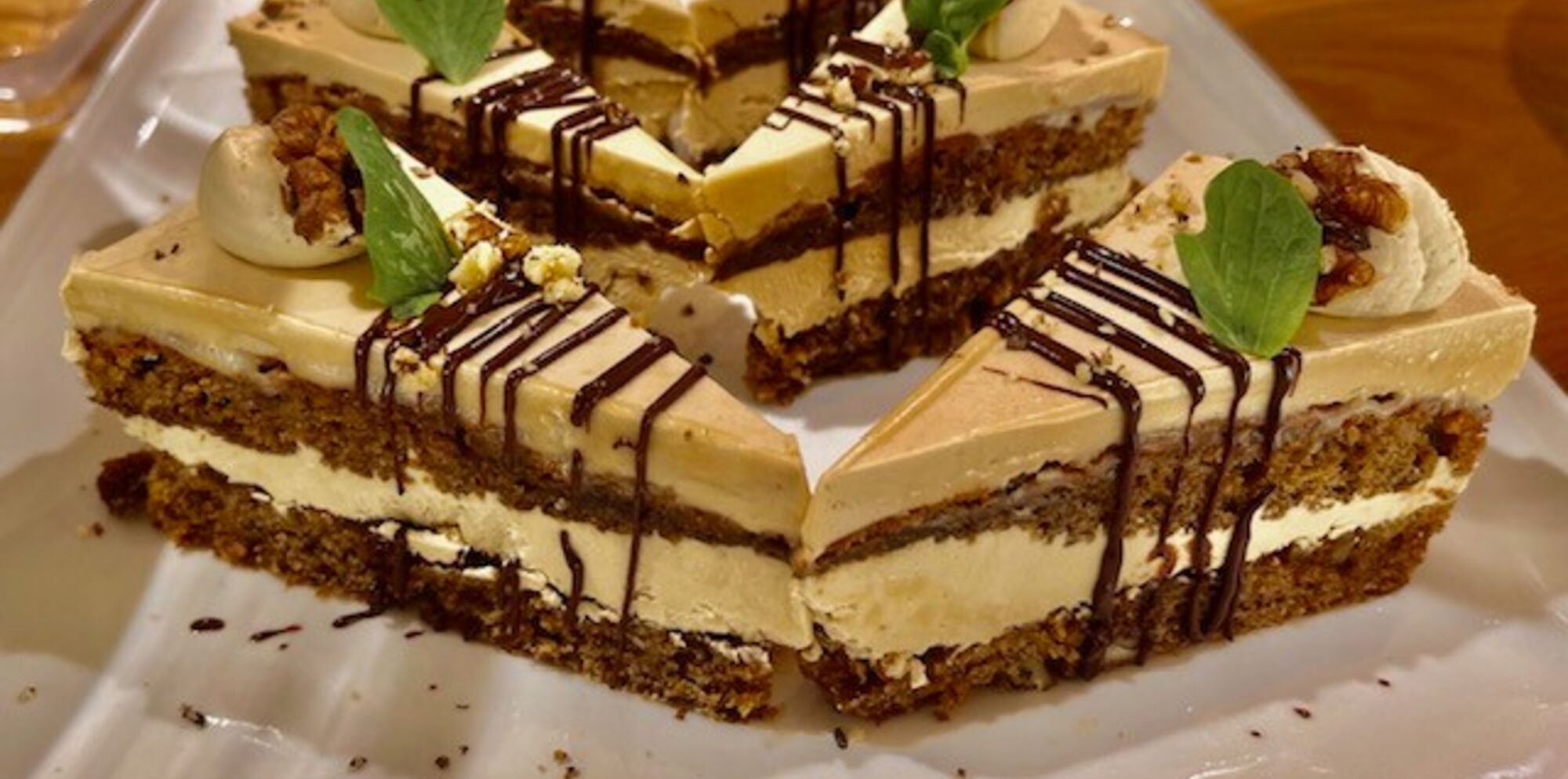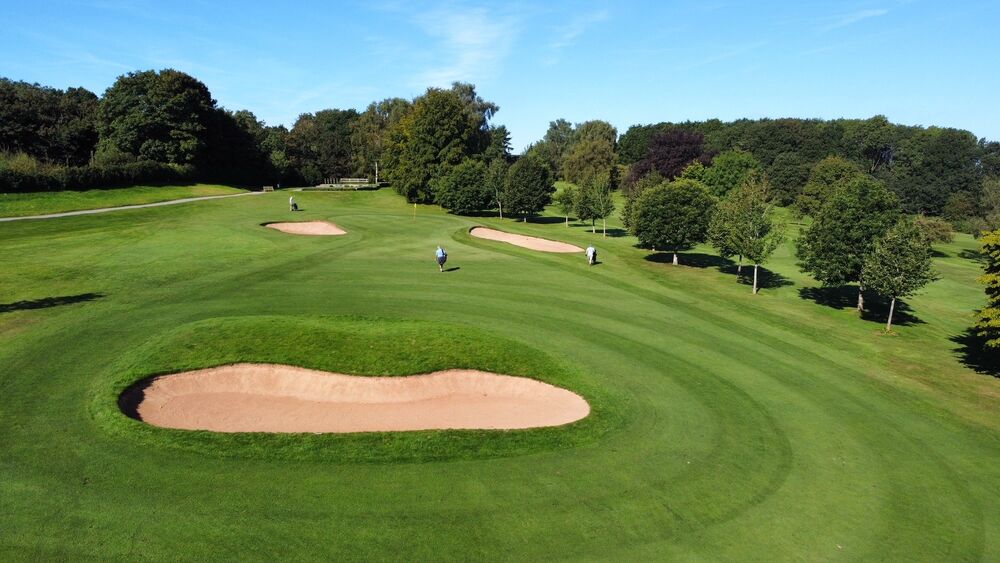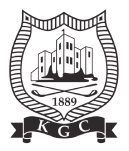.jpeg)
Captains Welcome 2026
On behalf of everyone at Kenilworth Golf Club, Ilse and I would like to extend a very warm welcome to all our members, guests, and visitors. Whether you’re a long-standing member or visiting us for the first time, we’re proud to be known as one of the most welcoming and friendly golf clubs around – and we’re delighted to have you with us.
As Club Captains for the 2026 season, it’s a real honour for us to represent such a vibrant and inclusive golfing community. At Kenilworth, you’ll find not only a beautiful and challenging course, but also a fantastic atmosphere where players of all levels are encouraged and supported.
We’re proud of the continued investment being made into the course and facilities, ensuring that Kenilworth Golf Club remains one of the best places to enjoy the game in the region. The improvements we’ve seen in recent years are a testament to the club’s forward-thinking approach and commitment to its members and guests.
Our brilliant Swing Studio is a real asset to the club, with top-rated PGA professionals always on hand to offer expert advice and coaching. Whether you’re working on your game or just starting out, you’ll find plenty of support and guidance.
The clubhouse is just as welcoming as the course itself. With a relaxed, friendly environment and bar staff who always greet you with a smile, it’s the perfect place to unwind after a round, simply catch up with friends and fellow members or enjoy some delicious food created by our in-house Chef. It truly is the heart of our club.
We would encourage everyone to get involved in the season ahead, enjoy the competitions, meet new people, and make the most of everything the club has to offer. Let’s continue to support each other, play with great spirit, and enjoy a successful and enjoyable 2026 golf season together.
Dave & Ilse
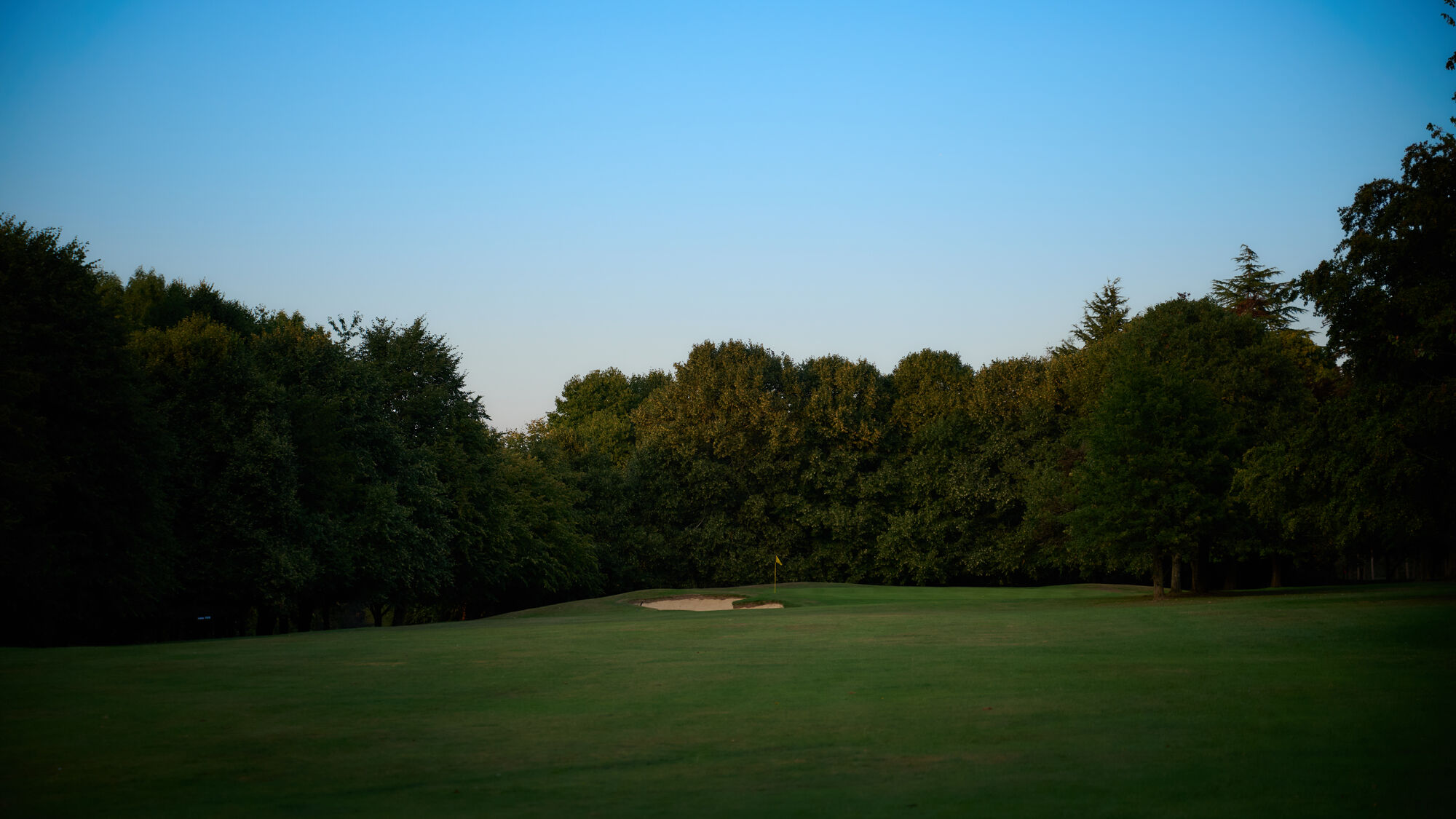
Our Club
Our club is situated in a beautiful parkland setting in the heart of Warwickshire. It is famous for its friendliness and hospitality as well as having one of the best golf courses in the area.
View the Course
Great golfing opportunities for
Men,
Ladies,
Juniors and
Seniors.
A dedicated practice ground, driving bays, putting and chipping areas and an academy plus a Par 3 course, all supported by expert professional tuition.
A welcoming
venue with lounge bar, dining/function room and meeting room and great food.
Always a warm welcome and special packages for visitors, guests,corporate days and societies.
Our function room for social and business use can cater for up to 100 guests.
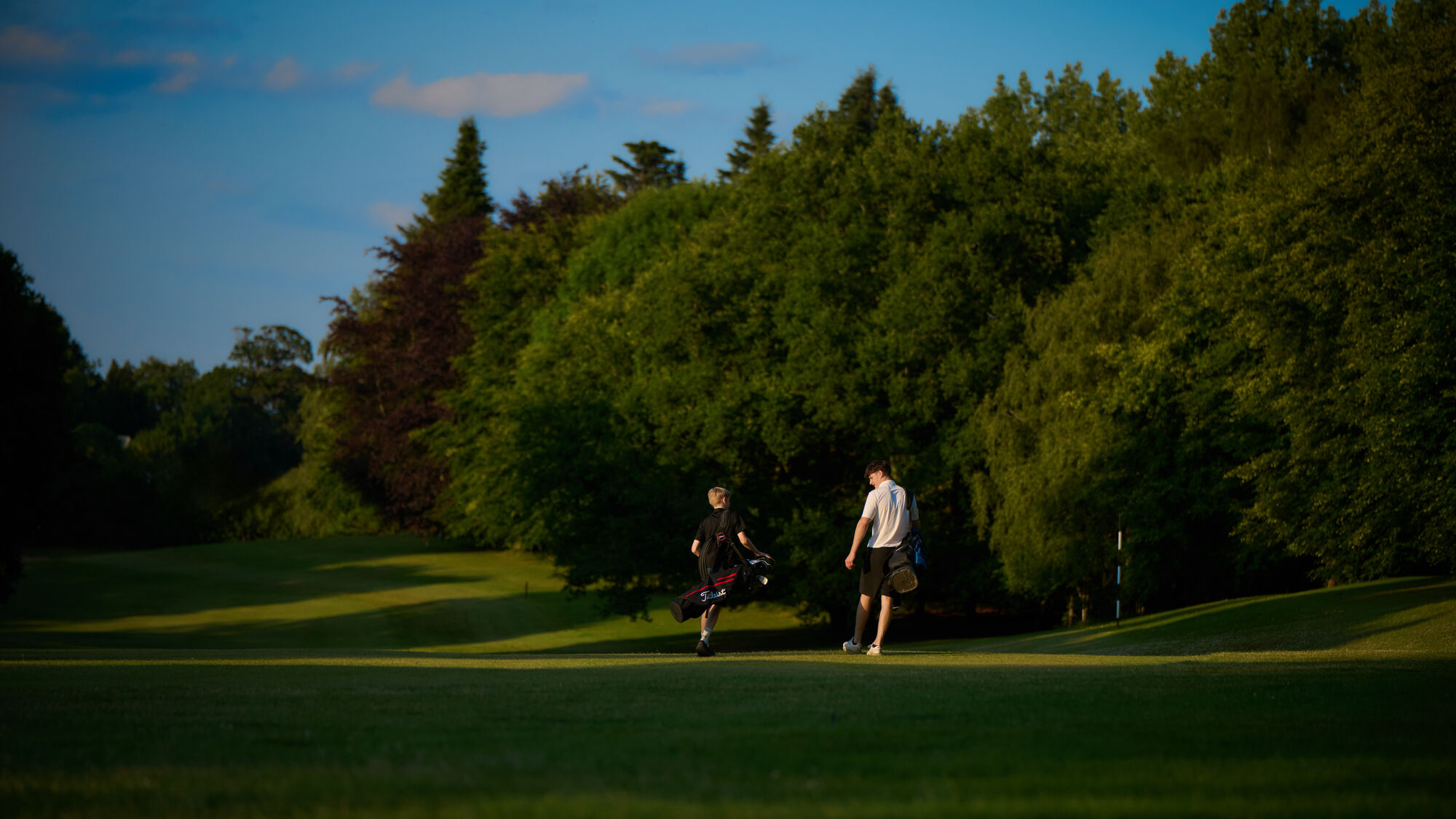
Club History
Kenilworth Golf Club, one of the oldest golf clubs in Warwickshire, was founded in 1889, only two years after Queen Victoria's Golden Jubilee.
Our history is neatly divided into three periods.
1889 - 1936 The Castle Farm Golf Course, adjacent to the Castle.
1937 - 1972 A new course at Villiers Hill with the clubhouse on Knowle Hill.
1972 - We move to a new Clubhouse on Crewe Lane.
The History of Kenilworth Golf Club started in 1889 at the Castle Farm course, where it played an important part in expanding the growth and interest in the game in Warwickshire. In 1885 there were no clubs in Warwickshire; by 1900 there were 24! By 1900 the Warwickshire Ladies County Golf Association was established - this was followed in 1906 by the creation of the Warwickshire Union of Golf Clubs. Our Lady member, Mrs Emma Smith -Turberville, was the 1st Lady President of the Association.
Golf at Kenilworth continued to expand and by 1936 the members agreed that an alternative site to the Castle Farm had to be found; and so in March 1937 the new course and clubhouse was opened at Villiers Farm with access to the course and clubhouse off Knowle Hill.
There are many current members who were intimately involved with the suggestions and management considerations for moving the clubhouse to Villiers Farmhouse - this is now the current clubhouse, accessed off Crewe Lane.
This short history has been produced for the Kenilworth website and concentrates on highlighting the progress of the Club, significant events, some written memories of those early times, and descriptions of those "movers and shakers" who have given so much to the Club over the last 110 years. It relies for much of its content on a previously published history of the club written by Walter Hogarth, entitled ' The First 120 years '
1889 to 1937
A number of Kenilworth residents had certainly played the game before 1889. One of them, Harry Smith-Turberville, a prominent man of independent means and a member of Wimbledon, Royal St George's, Sandwich and the MCC, was asked by the Reverend Alfred Jones, the Vicar of St John's, Kenilworth, to help him form a golf club. Charles Trepplin, who farmed Castle Farm in Borrowell Lane agreed to let the new club sufficient land on which to arrange a modest nine-hole layout.
The Official Opening
The Leamington Spa Courier for 31st January 1891 reported the Opening of Kenilworth Golf Club earlier that same week.
According to the reporter the weather was fine and about 40 ladies and gentlemen were present. Amongst them were Mrs Smith-Turberville, Mrs Minton, Misses Whalley, Mrs and Miss Middleton, Misses Sidebottom, Miss Allen, Mrs and Miss Jones (of the Vicarage), Mrs Albert Jones, Miss Gem, Misses Jepson, Miss Clarke, Dr F Smith, Messrs Brittan, Bedford, Middleton (from Coventry), H Clarke and many others.
The Hon Secretary of the Club, Mr H Smith-Turberville, (who subsequently became Mayor of Warwick) declared the links open and asked the Captain, Mr T Latham to strike off the first ball in a friendly Foursome match, played between Mr Latham and Dr Kemp-Bourne representing the new club and Messrs H Smith and W Hillman representing the neighbouring golf club, Coventry.
The first hole was won by the Kenilworth pair but by the time the nine-hole course had been played twice the Coventry pair proved too strong and won by a majority of four holes, after some fine play by both sides.
In commenting on the course the reporter said that the Mr Smith-Turberville had spared no trouble to get the course in good order and that the putting greens were excellent for a new course, reflecting great credit on the well known cricketer, Tom Mitchener, who had laid out the course. The course is an interesting one, there being a good 10 feet hedge to be carried on the way to most of the nine holes. Supposing them to be successfully negotiated the course of 18 holes should be done by a fairly good player from 95 to 100 strokes.
The Warwickshire Advertiser also reported the event and added the following information:
The Kenilworth Golf Club was started when the game was comparatively new to Warwickshire. The initial steps were taken by Dr Kemp Bourne and Mr & Mrs Charles Minton in the autumn of 1890. Burns of Warwick, with the aid and advice from Hugh Kirkealdy, put the ground in order. It was realised then that if any fault could be found in this nine hole course it was the scarcity of hazards.
The Captain was Mr T Latham, an old Cambridge Blue, and the ladies had as their Captain, Miss Gertrude Jepson and their Secretary was Miss Lily Sidebottom.
The First Annual General Meeting
The first AGM was held in November 1891 and in the Chair was the President Mr W T Pears (Pears Close was named after him) and there was a large attendance of local people amongst whom were Mr Smith-Turberville, Hon Sec Dr Kemp Bourne, F Wyer, HG Brittan, Mr Middleton, T Day, Dr Ledbrooke, A Chamberlain, H Jepson and V Jepson, Mr & Mrs Mitchell, Mrs and Miss Jones, (St John's Vicarage), Miss Clarke, Mrs and Miss Middleton, Misses Sidebottom, Miss Allen, Mr and Mrs Carey- Franklin, Miss Jepson, Mr Middleton Jnr, Mr Coddrington and others.
The report and balance sheet showed the Club to be in a most flourishing and satisfactory condition, with upwards of 50 members and a balance in-hand of £12 on the year.
At the election of Officers for the ensuing year, Dr Kemp Bourne was elected President, Mr H Smith-Turberville remained Hon Sec, and the Treasurer was Mr CG Irving of Lloyds Bank.
F Smith Turberville proposed in the interests of the Club that the subscriptions should be reduced from one guinea to 10s 6d, the former being rather a large amount for Honorary membership. This was carried unanimously, as was the proposal that three Handicappers be appointed for the following year.
Mr Smith-Turberville moved a hearty vote of thanks to Mr Pears for kindly presiding over the meeting. Mr Pears in reply said that their proceedings had been most harmonious and that he hoped another year would find them as successful as on the present occasion.
Golf was first played in October 1890 though not yet over a properly defined course.
Three months later, in February 1891 the new nine-hole course adjoining Kenilworth Castle was officially opened. Hugh Kirkaldy from St Andrews, who went on to win the Open Championship in 1891, had been asked to inspect the site and make recommendations as to its arrangement. Jack Burns, late professional at the Warwickshire Golf Club, who won the Open Championship on his native course at St Andrews in 1888, supervised its construction. Castle Farm Course could hardly have had a finer pedigree.
The club soon prospered; for years its Spring and Autumn Meetings being prominent fixtures in the Midland golfing calendar. By 1895 it was attracting golfers from as far field as Halifax, Eastbourne, Worthing and the renowned Royal North Devon Golf Club at Westward Ho!
Kenilworth's original membership was largely drawn from the retired well-to-do, ex-civil servants, former colonial officials, retired clergy and army officers. They lived for the most part in fashionable Victorian villas in the vicinity of the Abbey Fields. From its inception the Club was open to both sexes, a distinct rarity at the time. Initially there were sixteen lady members and forty men. Two of the ladies served on the general committee. In 1902 the course was extended to eighteen holes and a state-of-art clubhouse built, complete with telephone, gas lighting, and central heating, the epitome of luxury.
The opening day was an outstanding occasion, when Harold Hilton played and set a course record of 71. He was arguably Britain's greatest amateur - winning the Open Championship twice, the last amateur apart from Bobby Jones to do so - the Amateur Championship four times and the US Amateur once.
1900 saw the formation of the Warwickshire Ladies' County Golf Association. This Association was ably led for thirty years by Evelyn Darlington as Secretary and a founder member, and one of Kenilworth's best golfers. Its first President was Emma Smith Turberville, wife of Kenilworth's founder and a fine player herself.
The 1892 Shield
Quite recently we have become aware of the existence of the Kenilworth Shield, first played for in 1892.
It was a coincidence involving Dennis Moore (Captain 1988) which brought to light his discovery of this significant piece of Kenilworth Golf Club History. Dennis's niece, Julie, spotted the shield in one of her friend's house and brought it to his attention. Of course Dennis realised the importance of this to our history - particularly in view of the commencement of golf in Kenilworth, 1889. The friends are Jane & Charlie Clive - which links them to FW Clive.
It is a wooden shield with a Latin inscription which, at the time of writing, has not been deciphered and translated. There is a metal shield mounted centrally and headed "Kenilworth Golf Club". Beneath there is a list of the Shield winners.
Golf at Castle Farm in the 1930s - recollections of Ellie Scott (1912 to 2001)
Ellie will be and is remembered with affection by all that knew her - she was born locally in 1912 and joined the Kenilworth Castle Farm golf club when she was 19, in 1931. Her sister Di Bennett also played at the Farm course.
She was a regular player firstly at Castle Farm course and then latterly at Villiers Hill.
Her standard of golf gave her a consistently low handicap and she enjoyed playing at county standard for many years.
Her recollections of the old course at Castle Farm were very clear when she recalled those early days.
There was wire all around the greens to keep off the cattle and sheep which were a hazard to be reckoned with as many found to their cost. In bad weather the course became a sea of mud where the cows walked across and through to be milked.
The ninth hole was situated near the gate and more than one golfer lost a shoe in the mud churned up by the cattle and sheep!
The first hole was towards the main road, the second by the bridge over the steam, the third by the hedge straight up on the left of the rugby pitch. The fourth was elusive to Ellie's memory but the fifth lay beyond the farm with the sixth back towards the farm, as was the seventh. The eighth was at the back of the farmhouse and the ninth by the gate where the cattle crossed. They were all short holes with large thick hedges growing adjacent to the greens.
The President in 1931 was Mr Phelps (origin of the Phelp's Bowl) and he lived almost opposite the Castle in Ford House. Mr Hole was the Secretary who for many years was the Head Postmaster in Coventry. Membership was very select and mostly professional people. Other members remembered by Ellie at that time were Bill Morton, Stan Booth, F Morton, S Tommy, F Baines and A Picken. Surprisingly there were more than 20 Lady Members at that time.
The first mixed cup that was played for was given by Bill Morton, The Morton Cup, and was won by Ellie's sister, Di. Ellie clearly remembered her sister being chaired in by members!
There was no professional there at that time, 1931, but Ellie remembers Mr Redhead arriving sometime afterwards. His wife was the Stewardess and somehow managed to produce meals after the matches and events. Usually the meal was sausages and mash followed by a sweet, which cost in old money about 1/6d per head. Teas were also put on by Mrs Redhead for about 1/- per head.
Green fees were 5/- and membership cost 3 guineas for men and 1 guinea for Ladies.
They played against other clubs amongst which were The Grange, Hearsall and Burbage Common. Ellie recalls that the wires around the greens put off many of the visitors!
One final memory she had was the bike racks to put bikes into as very few members had a car in those days! Perhaps we will see a return to bikes as Members reduce their carbon footprint!
1937 to 1972
By 1937 the club had outgrown its original site, and with mixed feelings of nostalgia for the past and excitement for the future, it moved to Villiers Hill, an upland site with fine views over the Warwickshire countryside. Thus began a new chapter in our proud history.
The new clubhouse was opened officially on 20th March 1937 by Frank Phelps, the President and this was followed by a mixed golf match in the afternoon and then a celebratory supper and concert in the Clubhouse.- as reported by Stanley Booth, Hon Secretary. The Clubhouse of brick and timber cost £1,500.
The new 18 hole course was laid out in totally different surroundings. The old course had nestled in low land but the new one was situated on the highest part of Kenilworth, commanding delightful views over miles of the surrounding country.
Unfortunately the war years upset the development plans for although the new land had been acquired, a great deal of work remained to be done. However an energetic policy has been pursued and each year sees changes and improvements.
After the war was over Mr Hawtry, the well-known architect, was engaged and under his guidance four holes were rebuilt entirely, several holes re-bunkered and a big programme of tee-construction undertaken. The results of those efforts were enjoyed by members and visitors alike, invariably positive comments were made on the forward strides being taken. The changes to fully implement the 18 holes took place in 1956, the Secretary was Eddie Hayes and the professional was JH Reynolds. The Greenkeeper was L Trasler.
So after the war two important developments took place. The course was restored to full 18 holes, over 6,000 yards in length and providing for a greater variety of golf shots than before. The Committee however, were well aware that not all the changes made were completely successful and plans were already being discussed to make further improvements.
The second important development was the purchase of the course. After a long negotiation, the course became ours in January 1956. Members were enthusiastic in their support of this idea, and backed up their views in a very practical manner.
The major changes which occurred on the course in this period were:
Original layout
Reduced to 14 holes, and the set-aside was used for crops by the WARAG.
1956 18 holes established
1967 Drew Abbott and his committee introduced a new third hole (currently the sixteenth) and aptly named it "Coronation". The second green was moved back to an area of reclaimed land and the old third fairway and green were given over to a practice area. This practice area was essentially the area behind the current fifteenth green & running through to the right hand side of the twelfth tee.
The course was very open in character with old hedgerows and mature oaks, elms and chestnuts. Under the inspiration of Jim Dean and Ted Hone, and with the guidance of the Forestry Commission, the course was transformed from the open character to the course we know today with an abundance of evergreen conifers and many more indigenous and standard trees with the result that tee shots are now required to be placed safely rather than going for distance. Unfortunately all the mature elms have been lost to Dutch Elm disease.
1970 In 1970 the Members approved the purchase of the site of the old farmhouse belonging to Tibbatts Farm. The Club had always intended to buy this land but the asking price was £20,000 and this was considered too high. Alternative plans of redeveloping the existing site and clubhouse had been made at this time but the clubhouse and parking space were inadequate.
However when Leonard Lee of Coventry Climax, the owner, heard of the problem he agreed to reduce the asking price to £18,000 and the deal was completed swiftly.
The local planning office insisted that the new Club House must be built on the site of the old farm house, however after much discussion it was agreed that it could be built 50 yards away from the old site in place of several old outbuildings.
1972 to today
1972 witnessed the opening of a modern clubhouse and the gradual development of a demanding parkland course with mature trees and pinewoods providing an attractive back drop to most holes and providing a natural defence against low scoring!
The new Clubhouse was duly built by Bellerby & Sons (Father Roy and son Cliff who were also members) and opened in April 1972 by Henry Cooper. Unfortunately it proved to be a wet day and the marquee erected for important guests to dine in became flooded during a cloud burst. The marquee had to be abandoned and everyone involved squashed into the Clubhouse.
In moving the Clubhouse the course was re-arranged with the "Chestnuts" becoming the first and the "Paddock" being the tenth. The tenth was made easier insofar as the Paddock, which formed part of Villiers Farm, was now part of the course so "out of bounds" here became a thing of the past!
1975 The fifteenth hole was transformed under the direction of Bryan Cooper and his Greens Committee with the purchase of additional land from Lord Leigh, which enabled a par 4 to be constructed as it is today. At the same time the hedgerow alongside the fourth was grubbed out due to loss of elms and the new beech hedge was laid down.
1980 The building of the A46 brought us traffic noise but also a significant piece of land, purchased from Lord Leigh, which is now the Practice Area. It also allowed the third hole to be reshaped into a left-hand dogleg and enabled us to develop Hole 2A for emergency use
1981 The creation of the Par 3 course enabled us to introduce Provisional Juniors to the game at a much earlier age than hitherto.
1988 Significant work was undertaken to improve the teeing areas, enlarging them and making more area available for winter tees that could be used extensively in the winter and re-turfed in the spring to be ready for next winter.
1999 Three greens, the second, fifth & fifteenth were completely re-structured and re-laid under the direction of Paul Hone, Greens Chairman and Andy Cole, STRI, and brought into play in 1999. It can be said that this was a successful implementation - on time and within budget as well.
2000 Extensive drainage was provided for the first, second, third, fifth and sixth holes which enabled surface water to be quickly drained into ditches.
2002 Further drainage on the second, eleventh, twelfth, thirteentha nd fifteenth holes was completed.
2003 Further drainage on the eighth and seventeenth. The sand bunker on the eleventh was put in a new position - the Members are still debating this new position and are undecided on its virtue!
2004 The watering system was replaced with new control units, new trunk distribution leaving the final replacement of green side system to be completed in 2005. Two new sand bunkers were introduced; one on the left hand side of the sixth fairway and another on the left hand side of the twelfth fairway.
2005 Seven acres of land to the left of the seventeenth fairway were purchased to ensurethat the Club had an alternative layout if course expansion was required.
2006 The fourth hole was revamped to avoid the high risk of balls hooked or sliced onto Crewe Lane and hitting cars. This shortened hole came into play in Summer 2007.
Through the years there has been excellent work undertaken by the various Greens Committees particularly on drainage, tree planting and bunker reshaping which has produced the fine course we have today.
